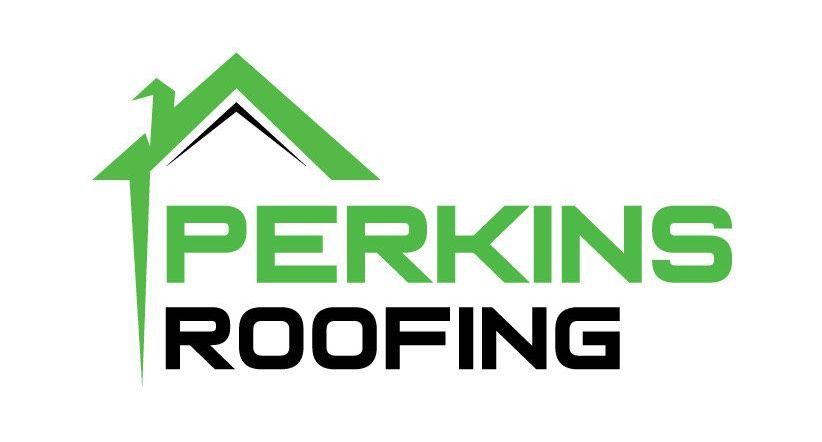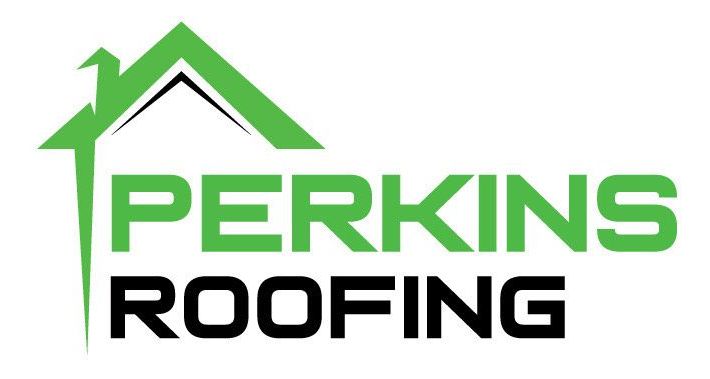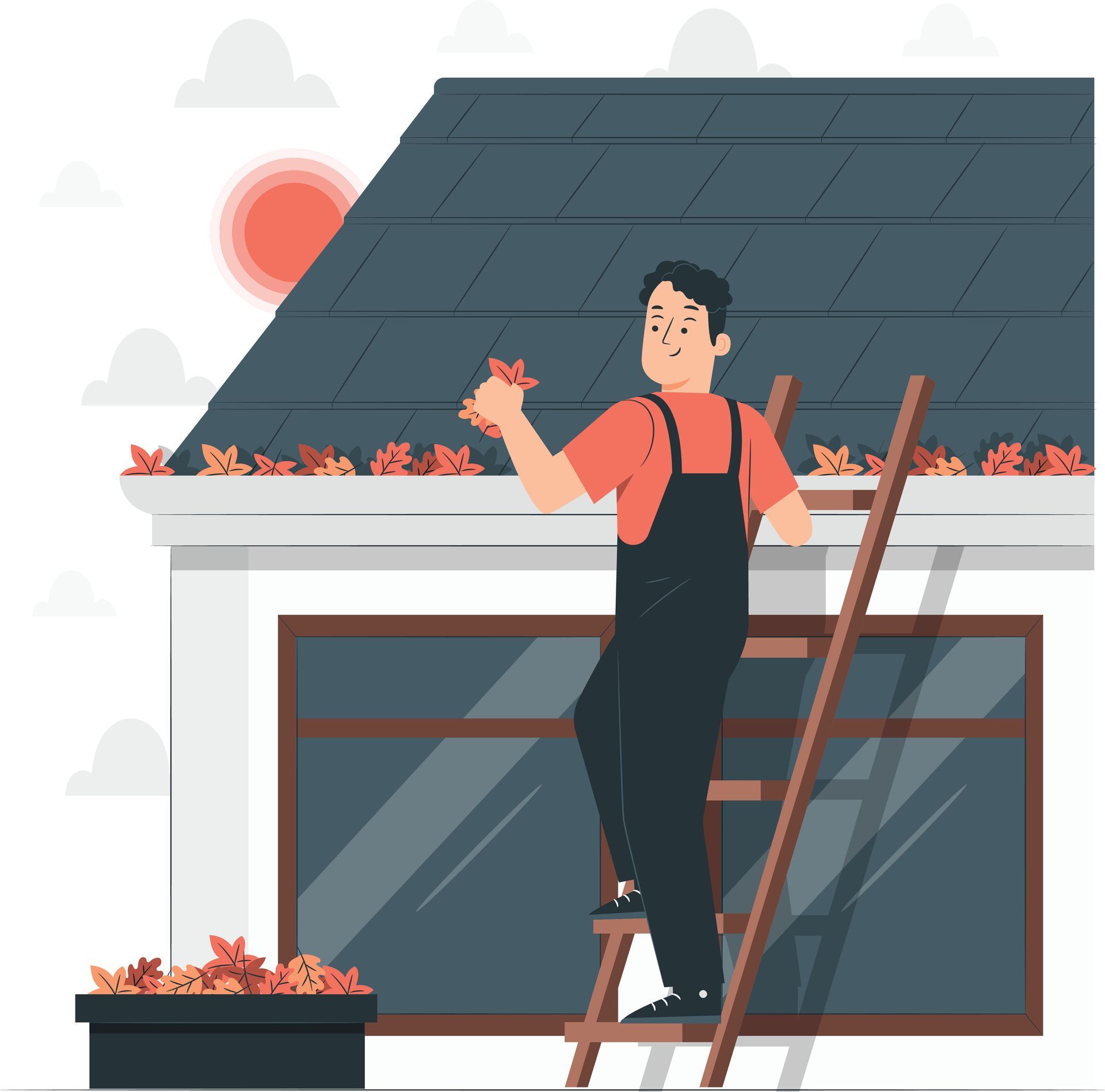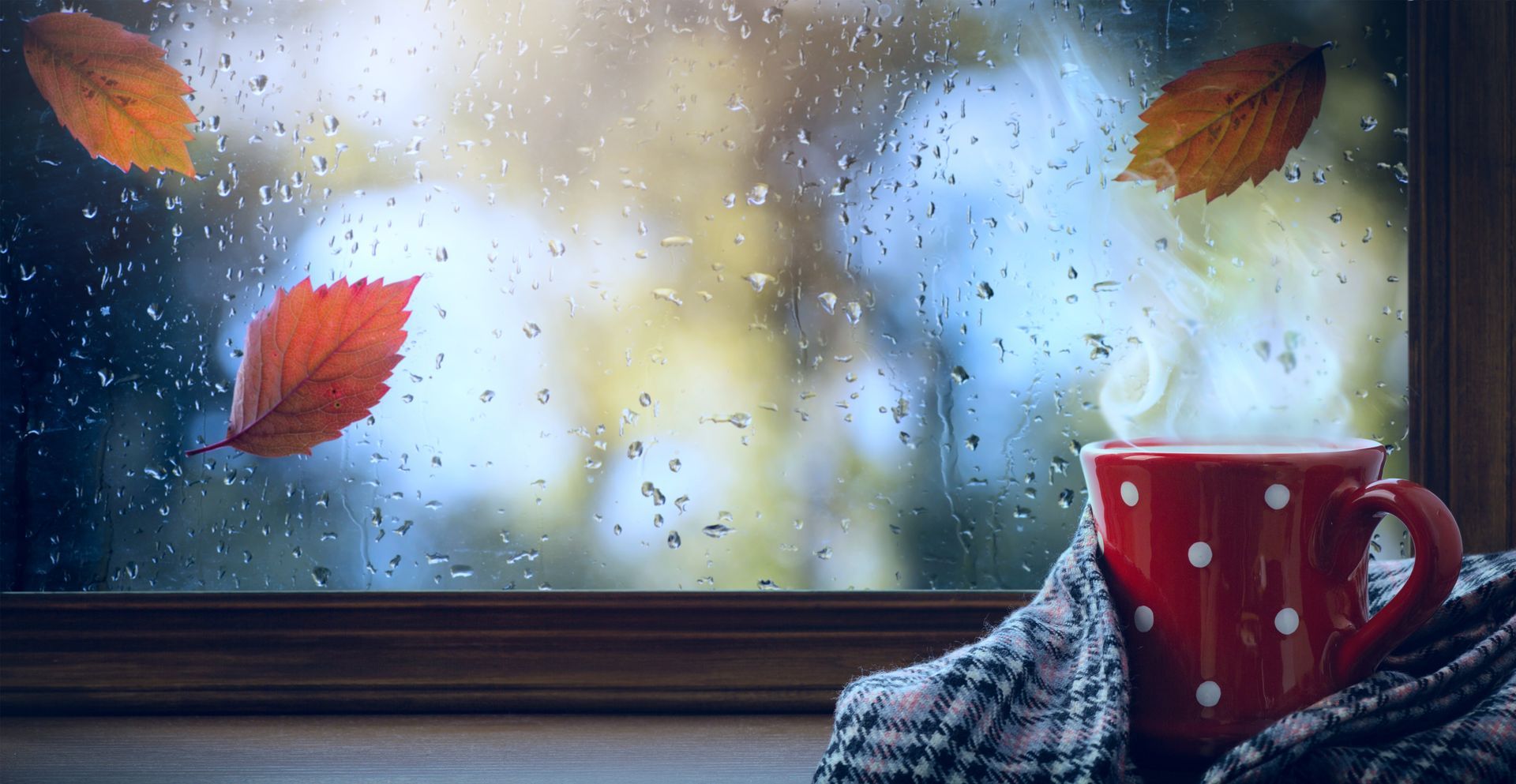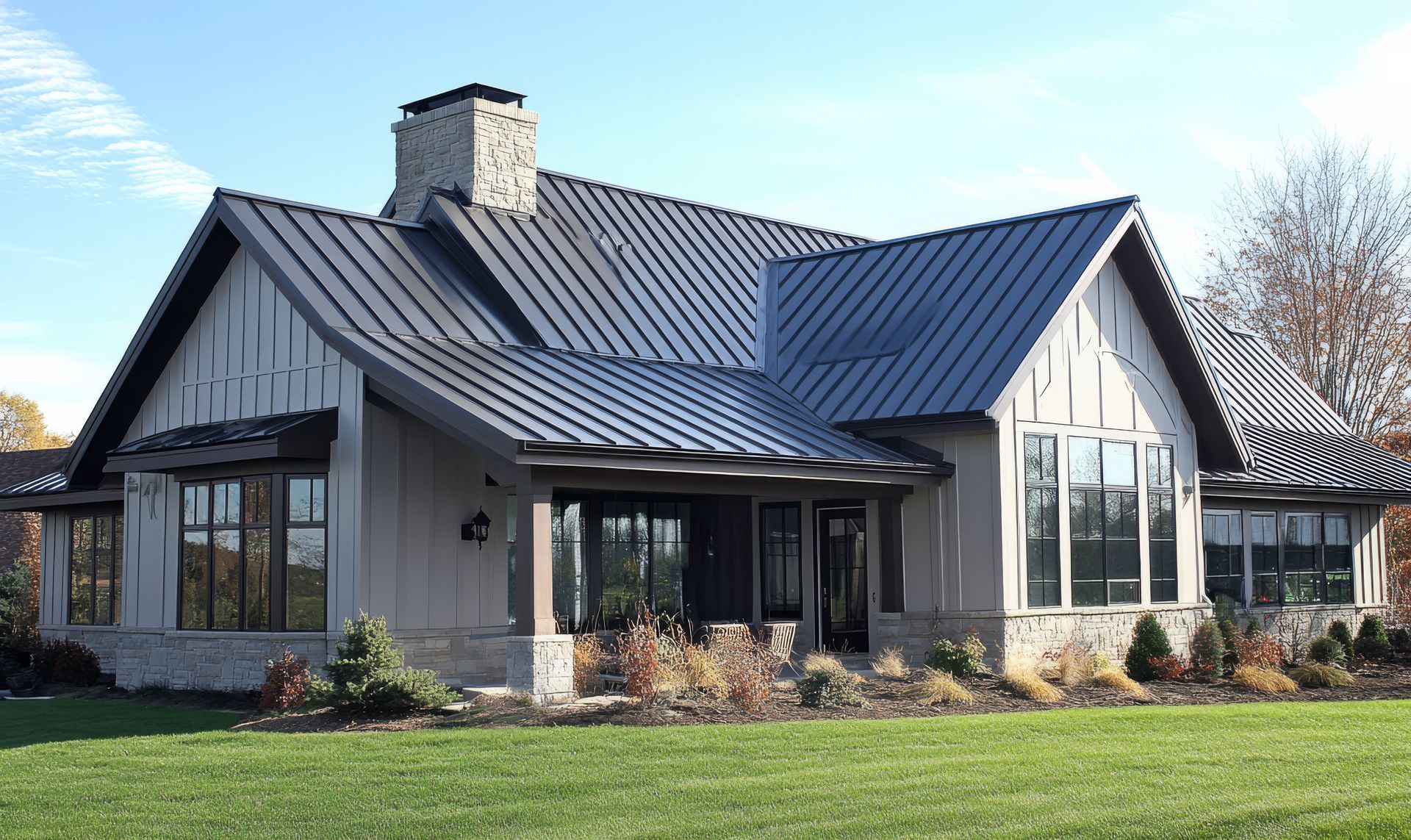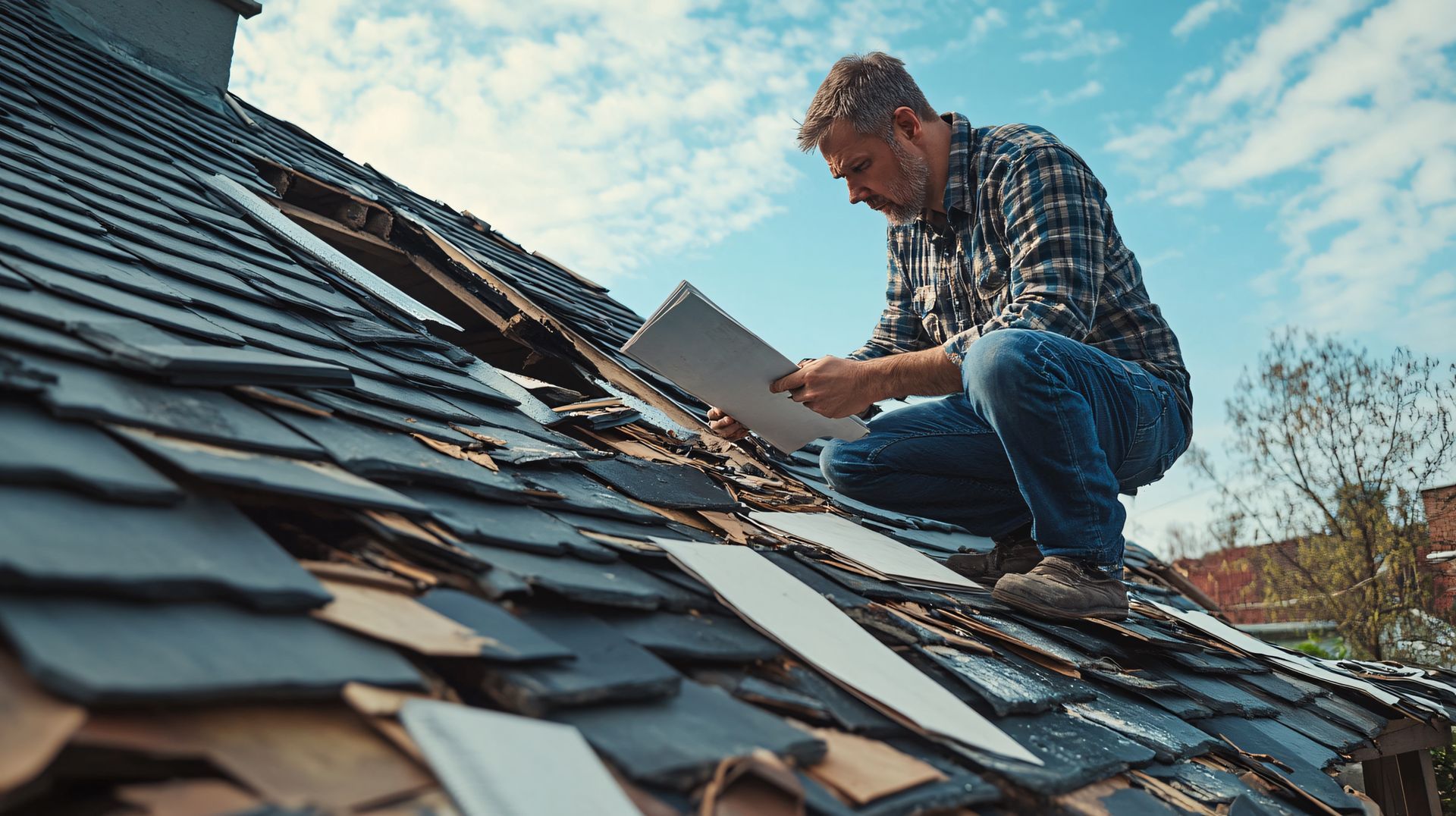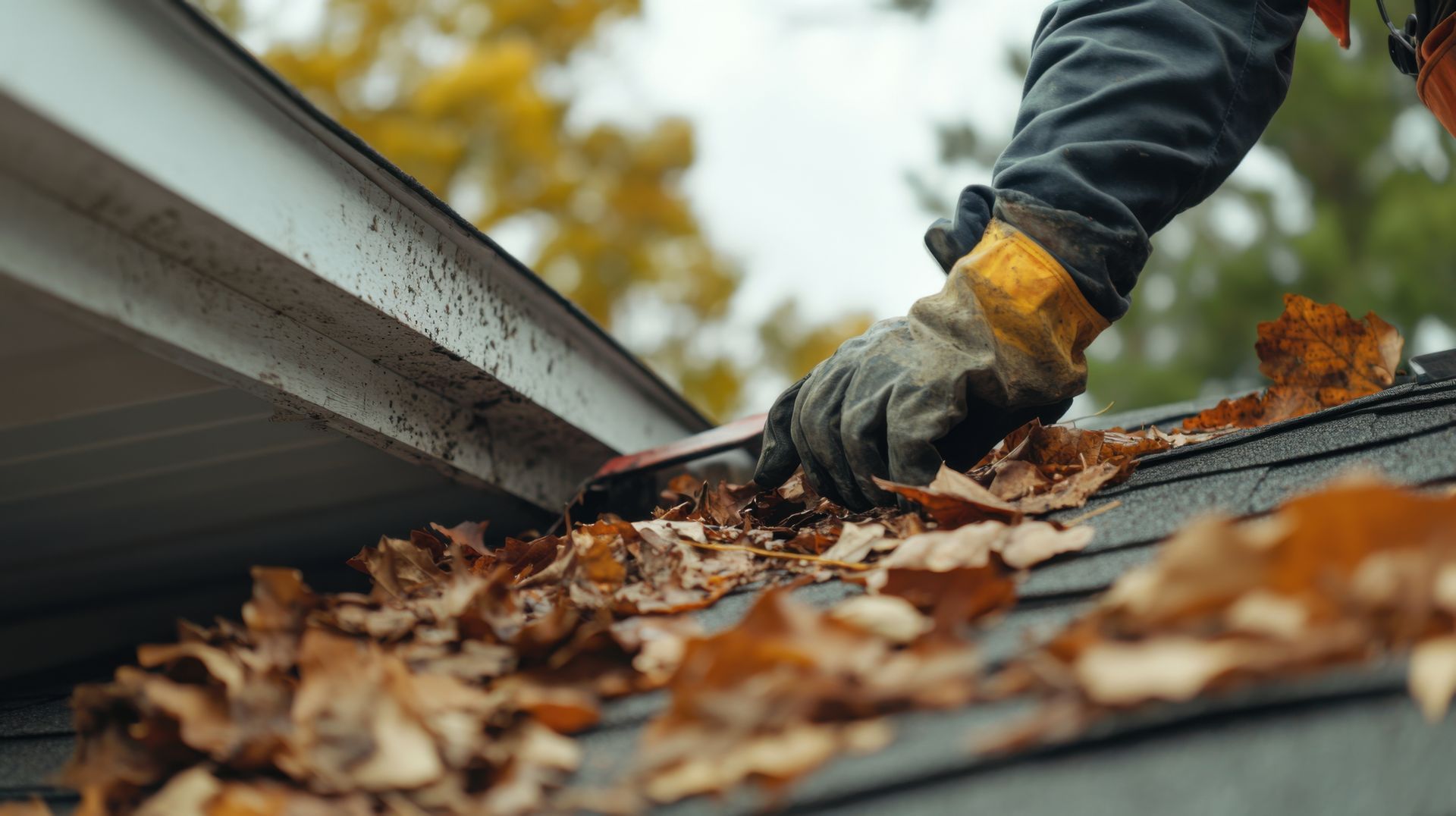Living Near a Golf Course in The Woodlands? Here’s What Roof Damage from Errant Balls Looks Like

Living in a golf course community in The Woodlands offers many perks like scenic views, quiet surroundings and access to world-class recreation just steps from your back door. But there's a lesser-known downside homeowners should be aware of if their home backs directly onto the course: roof damage from errant golf balls.
Even if you’re not directly behind a tee box or fairway, all it takes is one strong hook or slice to send a ball crashing into your roof. While not always obvious at first, repeated impacts can weaken materials and lead to leaks, expensive repairs or even premature roof replacement.
At Perkins Roofing, we’ve seen firsthand how golf ball strikes can affect different types of roofing materials.
Composition Shingles: Small Hits, Big Problems Over Time
Many homes near golf courses are outfitted with asphalt composition shingles due to their affordability and ease of installation. While these roofs can take a beating from regular weather, golf ball impacts are a different story.
The biggest problem? Damage isn’t always immediately visible. A single golf ball may not leave obvious damage, but over time, repeated strikes can:
- Loosen protective granules, exposing the underlying material to sun damage
- Create small divots that disrupt the surface, allowing moisture to settle in
- Accelerate wear in targeted areas where balls hit repeatedly
Over time, this kind of micro-damage can shorten the lifespan of your roof and lead to UV degradation, leaks and mold growth.
Clay and Concrete Tiles: Prone to Cracks and Breakage
For higher-end homes, especially those in the Southwest or Mediterranean-style neighborhoods, clay and concrete tiles are popular choices for their longevity and curb appeal.
But unlike flexible materials like asphalt, tiles are brittle. A single well-placed golf ball can cause:
- Cracks or spidering in the tile
- Full breakage, leaving the underlayment exposed
- Tiles to dislodge and slide, especially on steep slopes
What’s worse is that damage may not be easy to spot from the ground. Homeowners often don’t realize a tile has cracked or shifted until a leak develops or they see debris in their gutters.
If your home has a tile roof and you live on a golf course, it’s smart to have routine inspections to check for hidden damage.
Skylights and Vent Covers: Easy Targets for Golf Balls
Skylights, vent stacks and plastic pipe boots are all common features on residential roofs and also happen to be some of the most vulnerable points when it comes to stray golf balls.
A single direct hit can:
- Crack or shatter plastic skylight domes
- Break seals around vents, allowing rainwater to seep in
- Damage flashing, leading to slow-developing leaks
These issues may not result in immediate water damage, but even a minor crack or broken seal can introduce moisture that damages your attic, insulation or ceiling drywall over time.
Metal Roofs: Durable but Still Susceptible to Cosmetic Damage
Metal roofs are growing in popularity in upscale subdivisions for their sleek appearance and durability. While metal can typically withstand physical impacts without compromising structural integrity, golf balls can still cause:
- Cosmetic dents, especially on standing seam panels
- Paint chips that lead to rust if left untreated
While your roof may not leak after a golf ball strike, visible dents can hurt curb appeal and, in some cases, your property value.
What Should You Do If You Suspect Damage?
If you’ve heard the familiar thunk of a ball hitting your roof, or if you’ve seen stray balls in your yard, it’s worth having your roof evaluated by a professional.
Some signs of impact damage may include:
- Unusual spots where granules are missing
- Cracked or out-of-place tiles
- Moisture stains on your ceiling or attic
- Visible dents or scratches on metal surfaces
- Debris or broken flashing around vent covers
Even if the damage is minimal, catching it early can prevent expensive problems later.
Can Insurance Cover Golf Ball Roof Damage?
Depending on your homeowners insurance policy, roof damage from golf balls may be considered a covered peril, especially if it causes water intrusion. However, many policies have fine print regarding cosmetic-only damage, like dents on metal roofs or slight cracks in tiles.
Perkins Roofing can thoroughly document damage from repeated golf ball strikes and help you determine whether a claim is appropriate or likely to be approved.
Call Us to Stay Ahead of Golf Ball Roof Damage in The Woodlands
At Perkins Roofing, we offer expert inspections and repair services for homes in golf course communities. Call us at (832) 702-0201 to schedule an inspection and find out if your roof has impact damage.
